Buszaj
TPF Noob!
- Joined
- May 23, 2007
- Messages
- 521
- Reaction score
- 0
- Location
- Toronto
- Can others edit my Photos
- Photos OK to edit
Hi, I'm often up north and have an excellent view of the stars and milky way. I've tried taking pictures of it but no luck. Any advice on how to take pictures of this would be great. (I have a tripod by the way if that helps).


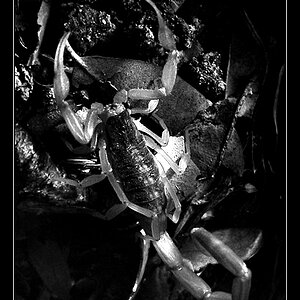
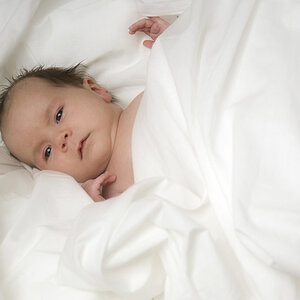
![[No title]](/data/xfmg/thumbnail/35/35948-700e0d840da0ca73727b1bd6d99b4142.jpg?1619737257)
![[No title]](/data/xfmg/thumbnail/37/37605-90c8efaef5b7d1f52d4bf8e7dfd33673.jpg?1619738148)
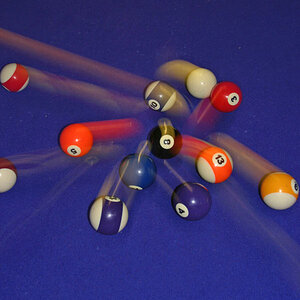
![[No title]](/data/xfmg/thumbnail/39/39291-a89dc472765e04f66f617dd9acc8030d.jpg?1619738958)
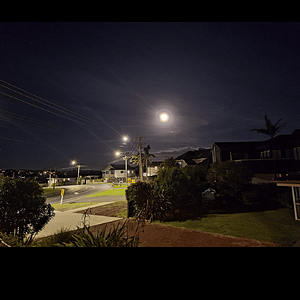
![[No title]](/data/xfmg/thumbnail/39/39290-dfb3e819bd94a7f30797638ae1ae27cf.jpg?1619738958)
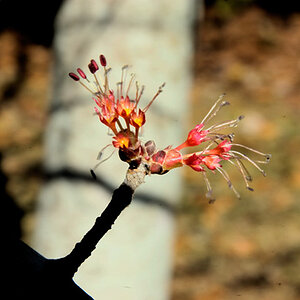
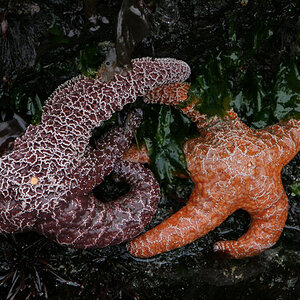
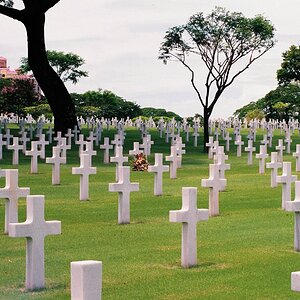
![[No title]](/data/xfmg/thumbnail/39/39289-c5ea6a611707fdd5786347f4a67d63ae.jpg?1619738957)